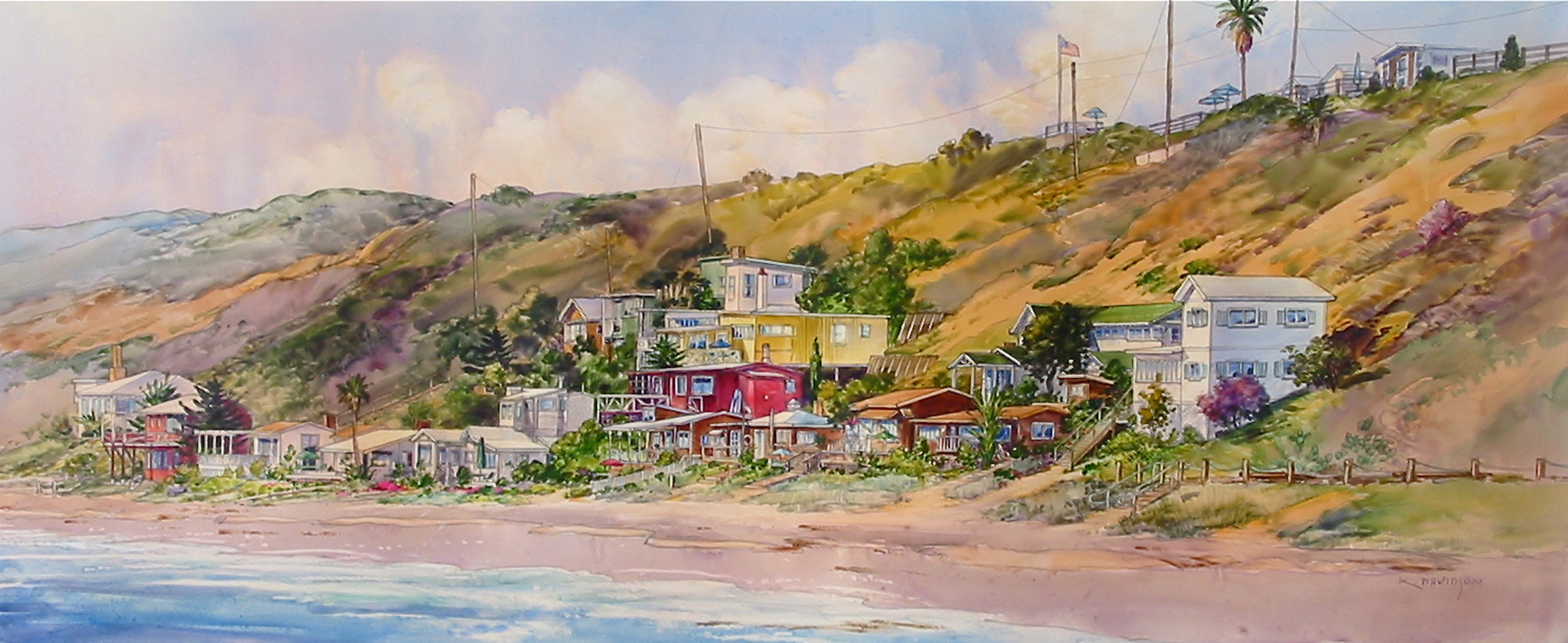Pearce Upholstery
By Gina Dostler
Time creeps its way past us all with tiny tic-tocs reverberating endlessly throughout our lives. And though we capture minutes of it with videos, family portraits and loved memories, we cannot halt it. Its persistent march permeates everything, stamping its progression silently over the world’s busy life.
Treasured antique, vintage and modern furniture feel the journey of time over their frame and cushions and fabrics. Surely as night turns into day, a dining room chair gradually becomes a family heirloom that reflects its own set of personal history.
Or a sofa soon becomes out of sync with current designs and before you know it your niece is gaga over its vintage quality. Maybe the new sofa purchased several years ago doesn’t match the current wall coloring, but the frame design still fits perfectly.
Reupholstering furniture manages the effects of time by giving back newness to furniture. Whether it’s a new look or the freshness of new material, having an expert craftsman upholster furniture is a smart, efficient and cost affective way to go.
As I leaned back in my chair, Don Pearce of Pearce Upholstery filled me in on the basics upholstery.
Q: How long have you been upholstering furniture?
A: I’ve been happily upholstering furniture for 36 years. I was 20 years old when I started doing upholstery as an apprentice and was taught by several masters in the old world method. I now hold a journeymanship in both furniture and automotive upholstery. We work with commercial business as well as for fine homes throughout southern California. Currently I’m working in LA reupholstering booths for Panini restaurants.
Q: Why consider upholstering?
A: Replacing furniture with new furniture can get expensive. Reupholstering existing furniture allows a whole new look and provides an economical alternative while extending the life of often treasured furnishings. Your heirlooms can be restored with the same fine craftsmanship that went into it originally.
Q: What is involved in reupholstering a piece of furniture?
A: We always start with the wooden frame and correct any weak points. A quality piece of furniture consists of a dowel-jointed solid-wood frame. We then replace the cushioning and the fabric covering, molding everything to the design of the furniture. Let me add that the whole process is not linear and exact repair steps do not apply to every situation. It requires experience and craftsmanship to know precisely where to start reupholstering the furniture. We know where to start reupholstering the furniture and the steps needed to accomplish the finished look. We do this every time in our work. It is all part of producing a crafted piece rather than something with a manufactured look
Q: Tell me about the Old World method you mentioned earlier versus the modern method that a lot of reupholsters use.
A: The fundamental difference is the quality. The old world method builds from the ground up and does every piece of furniture as if it is a brand new piece. Unfortunately these quality practices have given way to inferior methods such as covering over a piece with new fabric, leaving the old padding and fabric underneath. The old world method that a master craftsman utilizes involves the ability to properly work with the old padding and suspension types, such as hand tied springs and inner-spring cushions wrapped with cotton and traditional padding such as cotton, Goose down and horsehair (not really horsehair, but a fiber that resembles it). Finish applications such as double top-stitching, piping, French seams and many more special applications. These all stand to make a piece an individual work of craftsmanship. Old cushions or fabrics are rarely used as patterns. That practice just downgrades the quality. Each cushion and fabric needs to be cut as if it were for a brand new piece. We do utilize many of the new paddings that are available, but we are particular about the quality of these new foams and synthetic materials.
Q: What cushioning would you recommend using?
A: I do like some of the newer types of padding. Memory foam for instance. It’s a visco-elastic foam invented by the space industry to improve the safety of aircraft cushions to reduce pressure points experienced by astronauts. With its high resiliency and moldability, it provides an extended life for your cushions. It makes a really nice comfortable seat as it contours to your body; it has a lot better life span than just your regular standard foam padding. You’ll find that the memory foam, after five or six years is in much better shape than the standard foam, though it is not going to outlast spring or cotton padding. Another new type of padding that I like is shredded microfiber (Faux Down). This padding simulates down without some of the drawbacks. It doesn’t leach feathers and is hypo- allergenic and it can also be used outdoors whereas real down cannot. Traditional cotton and horsehair are not as resilient and tend to get hard and uncomfortable as time goes by. Horsehair does hold it shape, but doesn’t provide a comfy seat. Yet those types of padding will outlast modern day padding by several years.
Q: What are the best fabrics to use?
A: Basically all fabrics are good depending on the use, from loose-weave natural fibers, to blends, to tightly woven fabrics (such as microfibers). But it could come down to how intensively the furniture is used. I tend to encourage my customers to look for fabrics that have a high double rub count. It’s called the Wyzenbeek test method. This is an abrasion test that checks the fabric’s ability to withstand surface wear by rubbing a little metal finger that presses down on a fabric and moves back and forth at high speeds. After it starts to show visible signs of wear, you have a measurement called double rubs count. A count of 15,000 is average quality and the minimum I recommend; whereas fabric with a count of 40,000 is heavy duty fabric and is very good for high traffic areas.
Q: Tips for considering reupholstering family heirlooms?
A: First off, make sure you are comfortable with the old type of padding. If not, have it replaced. But first understand that sometimes it is better to stay with the old patterns and fill because with antiques the value needs to be considered and changing out the old for the new might lessen its worth. Once again, find someone who understand the old way of upholstering and can suggest what would make it better and more comfortable and know the advantages and disadvantages to each change.
CONTACT INFORMATION:
Don Pearce
Pearce Upholstery
1703 Monrovia Avenue
Costa Mesa, CA 92627
Phone: 949.548.1065
Fax: 949.548.1068




